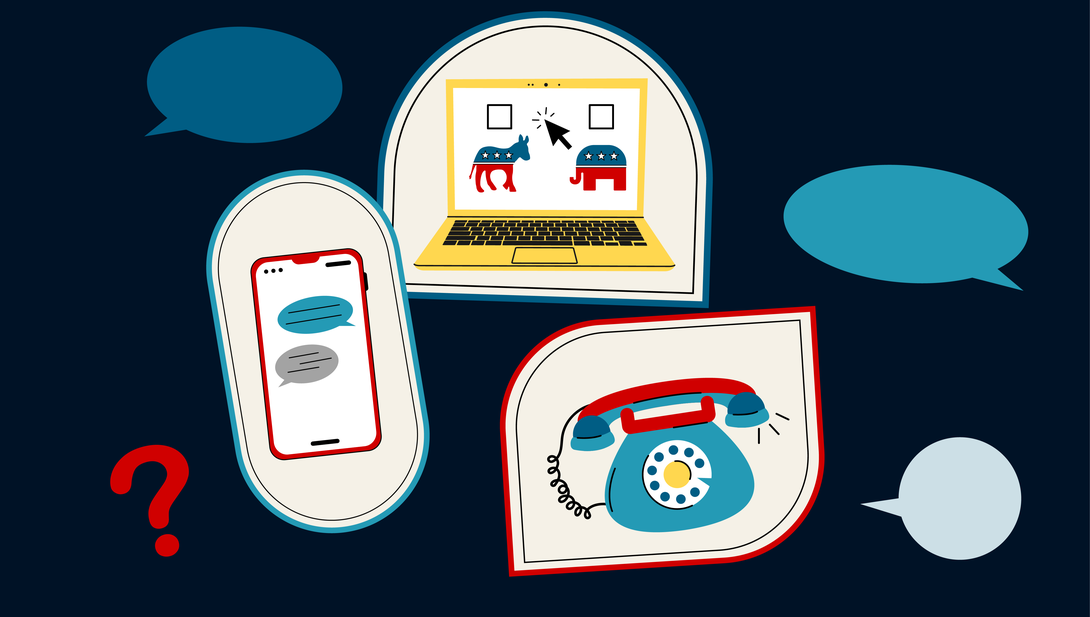How Accurate Are Political Polling Methods?
How Accurate Are Political Polling Methods?
by Gotham Polling

The accuracy of political polling is a topic of frequent debate among experts, campaign strategists, and the general public. With elections becoming increasingly unpredictable, it’s essential to understand the factors that contribute to the reliability of polling methods. In this post, we examine how Political Pollingis conducted, the challenges it faces, and the ways in which pollsters work to ensure precision in their forecasts. Gotham Polling & Analytics, is dedicated to providing clear insights into these critical processes.
The Mechanics of Polling Accuracy
The reliability of a poll hinges on several key factors, including sampling techniques, question design, and data analysis. Each of these components plays a vital role in determining how closely poll results reflect reality.
Sampling and Representativeness
One of the cornerstones of accurate Political Pollingis the selection of a representative sample. Pollsters strive to create a miniaturized version of the electorate by ensuring that the sample reflects the diversity of the population in terms of demographics, geography, and socio-economic status. Advanced sampling methods, such as stratified and random sampling, are utilized to minimize biases and enhance the reliability of the results.
Crafting Effective Survey Questions
The way survey questions are worded can significantly impact the accuracy of the poll. Questions need to be neutral, clear, and designed to elicit honest responses. Poorly constructed questions can introduce bias, leading to skewed results. Pollsters invest considerable time in testing and refining their questionnaires to ensure that the data collected is both accurate and reflective of the true opinions of the respondents.
Statistical Techniques and Data Analysis
After collecting responses, pollsters employ robust statistical methods to analyze the data. Techniques such as weighting, margin of error calculation, and regression analysis are used to adjust the findings and predict electoral outcomes more reliably.
The Role of Weighting
Weighting is a critical process that adjusts the survey data to account for any discrepancies between the sample and the overall population. By assigning different weights to various responses based on demographic factors, pollsters can correct for any imbalances in the sample. This method helps to improve the overall accuracy of the poll and provides a more reliable snapshot of public opinion.
Managing the Margin of Error
Every poll has an inherent margin of error, which reflects the uncertainty in the results. Understanding and communicating this margin is essential for interpreting poll accuracy. A smaller margin of error typically indicates higher confidence in the results, while a larger margin suggests that the results should be viewed with caution. The continuous refinement of statistical techniques in Political Pollingis aimed at reducing this margin and enhancing the precision of forecasts.
Overcoming Contemporary Challenges
Despite the rigorous methodologies in place, political polling faces several contemporary challenges that can affect accuracy. These include low response rates, nonresponse bias, and the complexities of reaching a digitally diverse electorate. Pollsters are constantly adapting by employing mixed-mode approaches—combining traditional methods with digital tools—to overcome these obstacles and maintain high standards of accuracy.
Conclusion
The accuracy of political polling is the product of careful planning, advanced statistical methods, and continuous refinement. While challenges remain, ongoing innovations in sampling, question design, and data analysis help ensure that Political Pollingremains a valuable tool for understanding the electorate. For more expert insights and detailed discussions on polling accuracy and methodology, visit Gotham Polling & Analytics.

